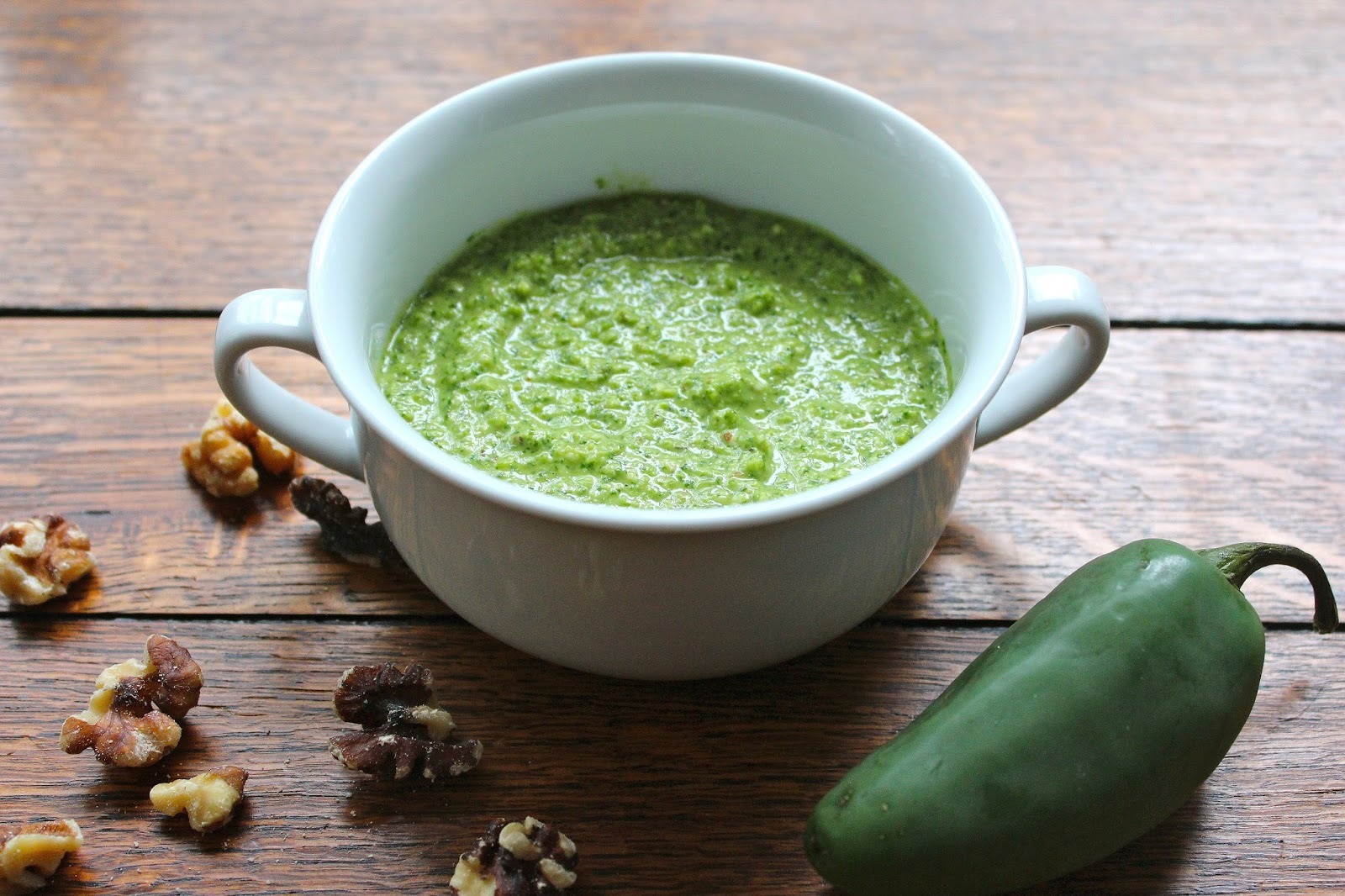Make a condiment
Make a simple herb vinaigrette using oil, vinegar, mustard, and herbs; measure, whisk, taste, and learn how flavors combine with adult supervision.



Step-by-step guide to make a simple herb vinaigrette
How to make quick and easy slime at home! | Science experiments for kids | #doitwithdiy
Step 1
Wash your hands with soap and water for 20 seconds.
Step 2
Ask an adult to stay with you and help while you make the vinaigrette.
Step 3
Put the small bowl on a clean flat table or counter.
Step 4
Measure and pour 3 tablespoons of olive oil into the bowl.
Step 5
Measure and pour 1 tablespoon of vinegar into the bowl.
Step 6
Add 1/2 teaspoon of mustard into the bowl.
Step 7
With the adult, chop one teaspoon of fresh herbs on a cutting board then add the chopped herbs to the bowl.
Step 8
Add a small pinch of salt and a small pinch of pepper to the bowl.
Step 9
Whisk the mixture briskly for about 20 seconds until it looks shiny and mixed.
Step 10
Smell the vinaigrette and notice which scent is strongest to you.
Step 11
Taste a tiny spoonful using the clean tasting spoon and notice if it tastes more sour or more oily.
Step 12
If you want it milder ask your adult to add 1 teaspoon of oil or if you want it tangier ask your adult to add 1/2 teaspoon of vinegar.
Step 13
Ask your adult to whisk the vinaigrette again for 15 seconds after any change.
Step 14
Share a photo or description of your finished vinaigrette on DIY.org
Final steps
You're almost there! Complete all the steps, bring your creation to life, post it, and conquer the challenge!


Help!?
What can we use instead of olive oil, vinegar, mustard, or fresh herbs if those aren't available?
If you don't have olive oil use a mild oil like canola or avocado for the 3 tablespoons, swap the 1 tablespoon vinegar for 1 tablespoon lemon juice, replace 1/2 teaspoon mustard with 1/2 teaspoon mustard powder or a small dollop of mayonnaise, and use about 1/4 teaspoon dried herbs instead of the chopped teaspoon of fresh herbs.
The vinaigrette stayed oily and didn't look shiny after whisking—what should we try?
If the mixture isn't emulsifying after the 20-second whisk in step 8, ask your adult to whisk more vigorously and slowly add the optional extra 1 teaspoon of oil or 1/2 teaspoon of vinegar while whisking to help it come together.
How can we adapt the steps for younger or older children?
For toddlers have the adult do the measuring, chopping on the cutting board, and whisking while the child does the pinches of salt/pepper, smells step 9, and tastes step 11, and for older children (6+) let them measure the 3 tablespoons oil and 1 tablespoon vinegar, chop the teaspoon of herbs with supervision, and adjust flavor by adding the extra oil or vinegar themselves.
How can we extend or personalize the vinaigrette activity after finishing the basic recipe?
To personalize the vinaigrette try different vinegars (balsamic or apple cider), add a small minced garlic clove or 1 teaspoon honey before whisking, put the dressing in a small jar to shake instead of whisking, and take the photo for DIY.org with a creative label.
Watch videos on how to make a simple herb vinaigrette
How to Make Smoothies With Simple Ingredients | Smoothie Making For Beginners | Activities For Kids
Facts about basic kitchen skills for kids
⚗️ Oil and vinegar naturally separate — whisking or adding mustard helps form an emulsion that holds them together.
🥄 A classic vinaigrette ratio is about 3 parts oil to 1 part vinegar, but you can tweak it to taste.
🌿 A tiny handful of fresh herbs (parsley, chives, basil, or tarragon) can change a vinaigrette's flavor completely.
🥗 Vinaigrette comes from the French word for vinegar (vinaigre) — it's basically a "little vinegar" dressing!
👩🍳 Tasting and adjusting salt, acid, and a bit of sweetness while you mix is how cooks make a dressing just right.
How do I make a simple herb vinaigrette with my child?
What materials and ingredients do I need to make a kid-safe herb vinaigrette?
What ages is making a vinaigrette suitable for?
What are safety tips and fun variations for a child-made herb vinaigrette?


One subscription, many ways to play and learn.
Only $6.99 after trial. No credit card required



